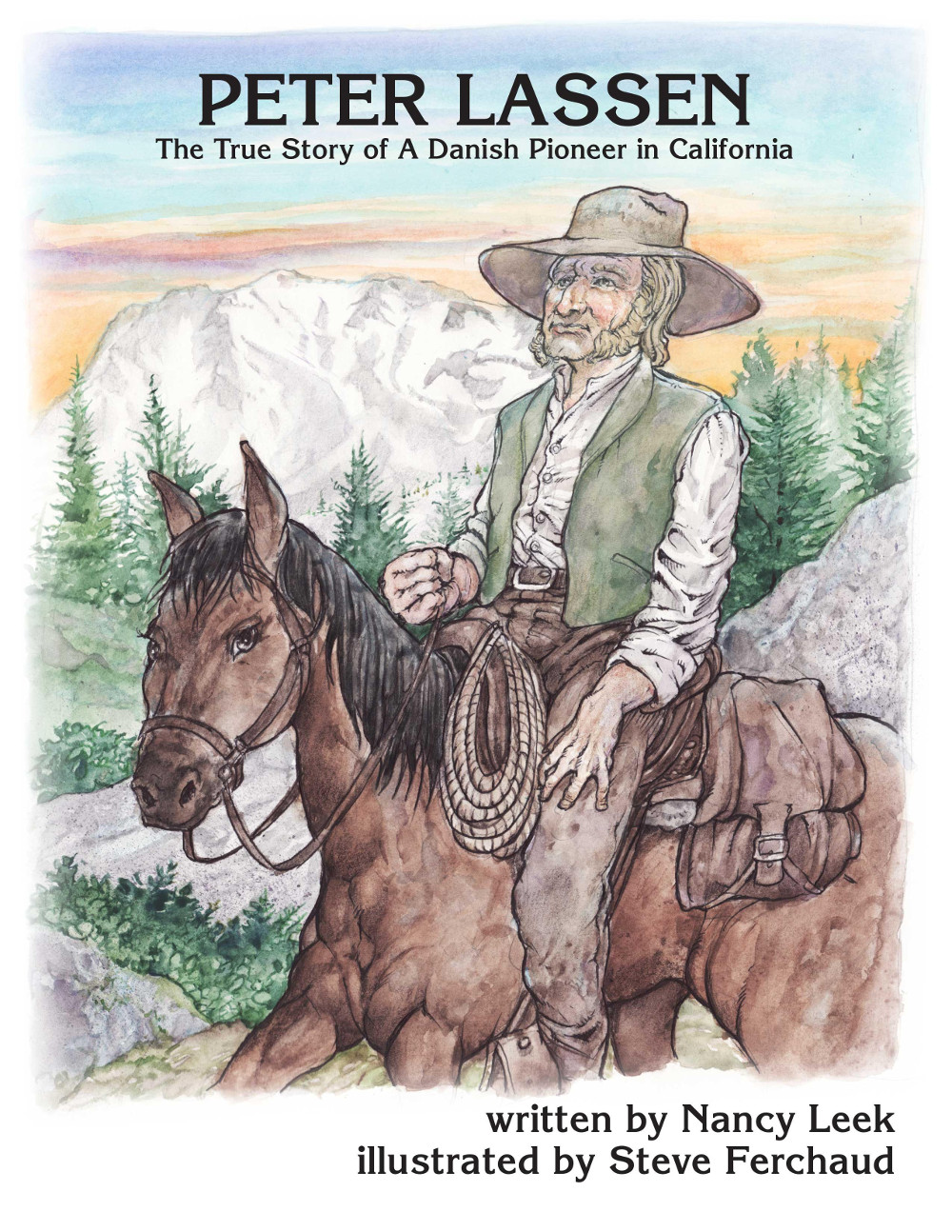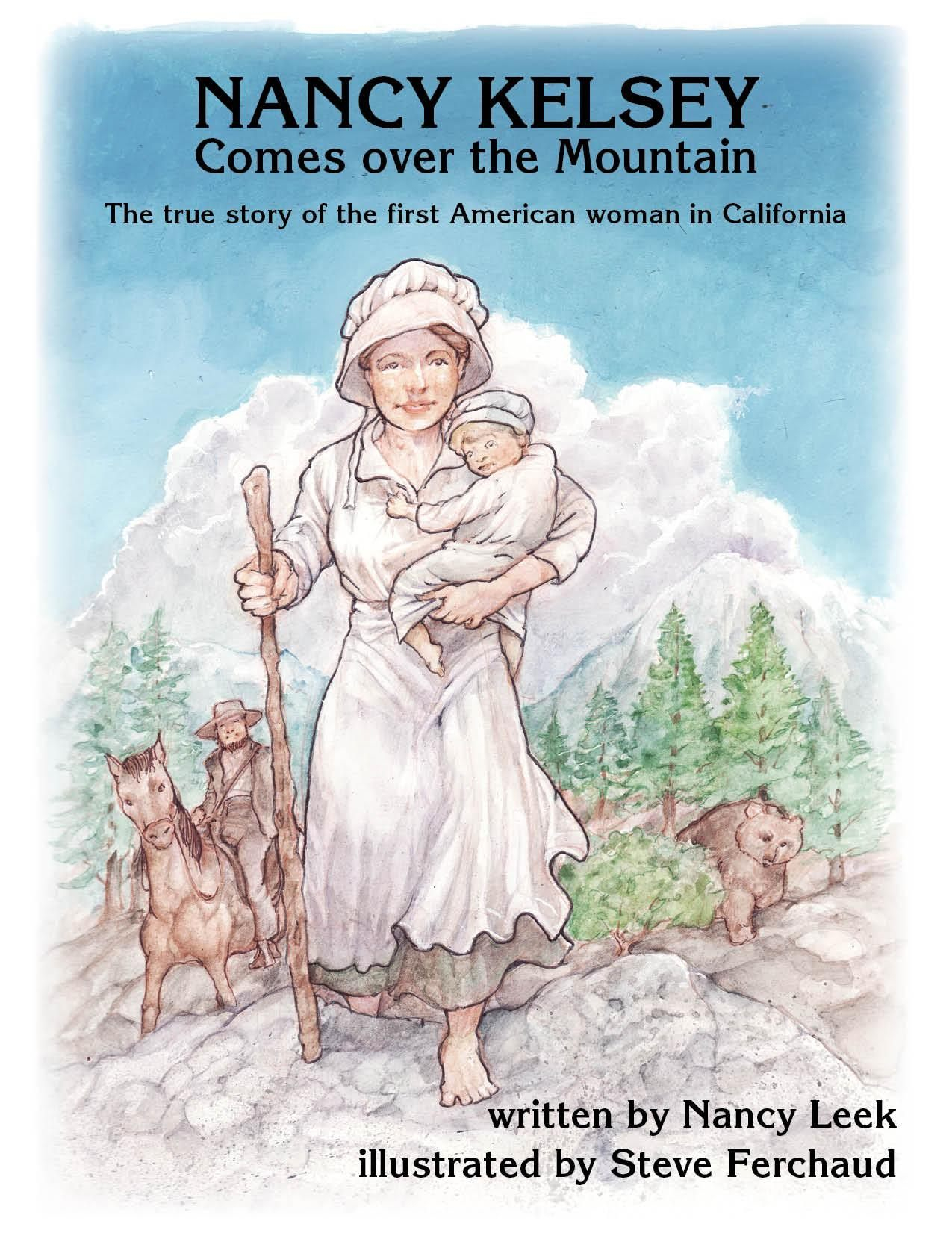It’s a rainy January all over California this year, a welcome relief after several years of drought. I have written before about the floods in Sacramento in 1850 and in 1862. Flooding came again in 1852.

Determined to build on the low-lying land at the junction of the Sacramento and American Rivers, the residents and businessmen of Sacramento City built levees to hold back the rivers after the flood of 1850. The American River levee was breached early on the morning of March 7, 1852.
The river was swollen with rain and with the melting snow of the Sierras. The earthen levee and its sluice gate were no match for the power of the raging river.
Timber, hay, bags of barley, and dirt in immense quantities were thrown into the gap, but all without avail. In spite of their utmost efforts, however, the stream steadily increased in volume until it loosened the earth upon which the timbers of the sluicegate rested. This occurred at 2 o’clock, and directly after the waters hurled all their strength against the bridge, which was instantly swept into the slough.
Trees, scows, boats, tents, all were cngulphed and carried down the current in one solid mass, until they reached the bridge which connected the foot of Third street with the peninsula be- ■ tween the Slough and the American river. The i force of the shock was so great that the bridge was snapped like a pipe stem, thus cutting off all communication between the two points.
Sacramento Daily Union, 8 March 1852
Residents fled, first on foot and then in boats and make-shift rafts. Sam Brannan offered shelter on the second and third floors of his warehouse. It was a kindly offer, and good for publicity too.
Sacramento was not the only city affected by flooding. The same issue of the Sacramento Daily Union reported that Marysville, at the conjunction of the Yuba and Feather Rivers, was also flooded. A Mr. Langton reported that he “washed his face in the Yuba river on Saturday morning before leaving his bed.” He said that the city was inundated everywhere below High Street, adobe building were collapsing, there was a great loss of property, and flour and other provisions were ruined.
No doubt flooding was seen in Butte County too, but since the Weekly Butte Record did not begin publication until 1853, I don’t know what John Bidwell and friends observed along the Sacramento and Feather Rivers.







